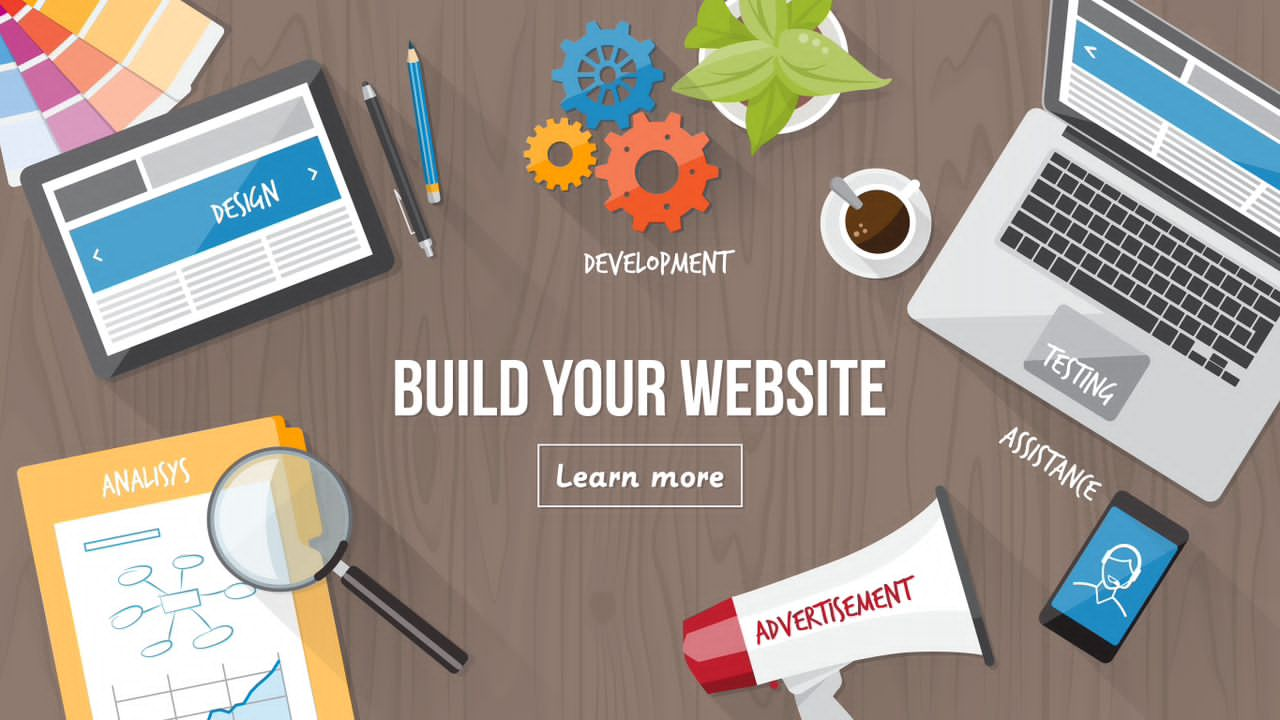
Creating your first website is an exhilarating journey that opens up a world of opportunities for personal expression or business ventures. In this beginner’s guide, we’ll walk you through the essential steps to help you embark on your web hosting adventure and build your first website. Whether you’re starting a blog, an online portfolio, or a small business site, this guide will demystify the process and set you on the path to online success.
Step 1: Understanding Web Hosting
Before diving into the technical aspects, let’s grasp the concept of web hosting. Web hosting is a service that provides the necessary server space and resources to make your website accessible to users on the internet. It’s like renting a virtual plot of land where you can build and showcase your online presence.
Step 2: Choosing a Web Hosting Provider
Selecting the right web hosting provider is crucial to ensure a smooth experience. Research various providers and compare their features, pricing, customer support, and server reliability. Some popular hosting companies for beginners include Smartweb Nig Ltd
Step 3: Picking the Right Hosting Plan
As a beginner, shared hosting is the recommended starting point. It’s cost-effective and suitable for websites with moderate traffic. Shared hosting means your website shares server resources with other websites, making it an economical choice.
Step 4: Registering a Domain Name
Your domain name is the unique address of your website on the internet. Choose a domain name that represents your brand or content and is easy to remember. Many hosting providers offer domain registration services, so you can conveniently purchase your domain alongside your hosting plan.
Step 5: Setting Up Your Website
Now that you have your domain and hosting sorted, it’s time to set up your website. The process will vary depending on your chosen hosting provider, but most offer a user-friendly control panel like cPanel to manage your website. Here are the essential steps:
- Install a Content Management System (CMS): A CMS simplifies website creation and management. WordPress is the most popular and beginner-friendly option, allowing you to create and edit content with ease.
